Why Won’t My Cranberry Fruit – Reasons For No Fruit On A Cranberry Vine
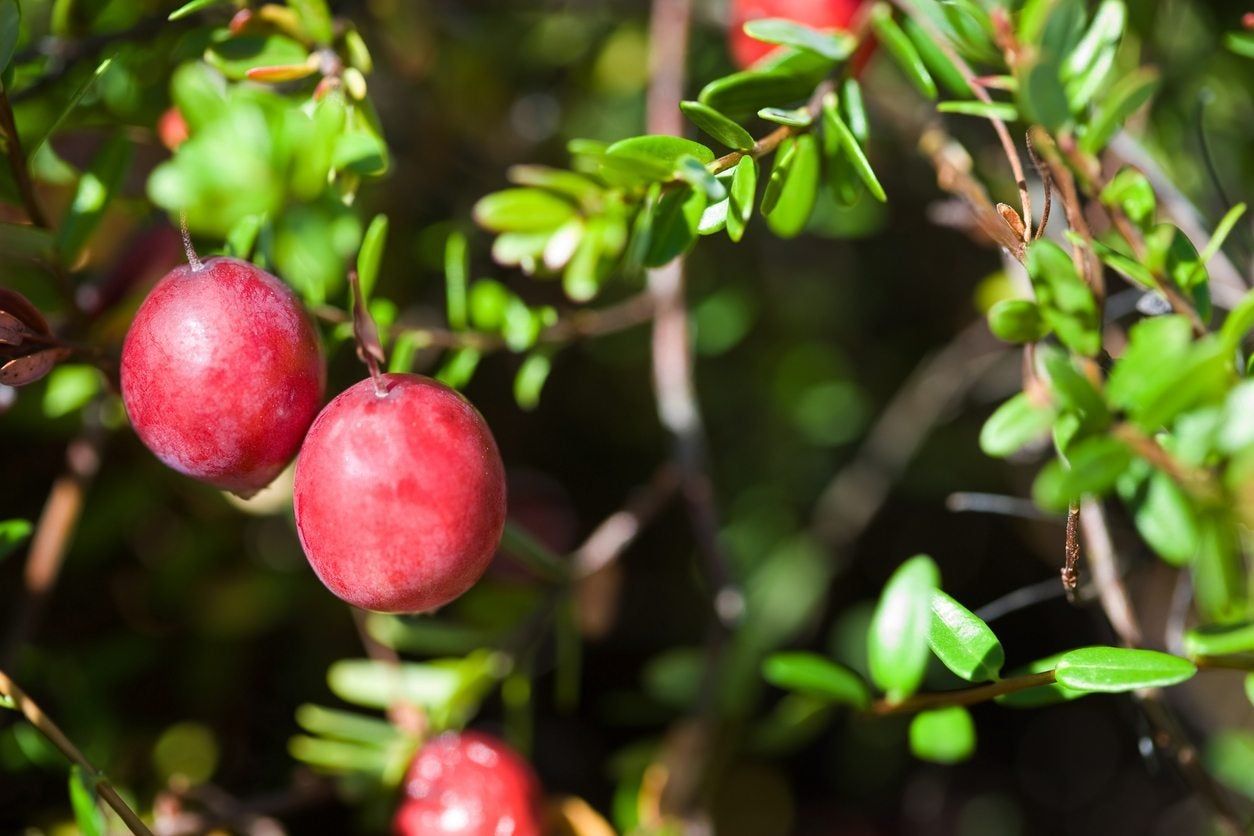
Cranberries are a great groundcover, and they can also produce abundant fruit harvests. One pound (0.5 kg.) of fruit from every five square feet (0.5 sq. m.) is considered a good yield. If your cranberry plants are producing few or no berries, there are several possibilities you’ll need to consider.
Why Won’t My Cranberry Fruit?
A cranberry vine with no fruit may simply be too young. Cranberry plants are most commonly available for purchase in two forms: one-year-old rooted cuttings and three- or four-year-old plants. If you plant cuttings, you will have to wait about three to four years to get fruit. If you transplant older plants into your garden, you may get a small amount of fruit the same year you plant, and you should get a full harvest by the third year. A second consideration is the number of uprights. When cranberries are first planted, they’ll produce trailing runners that help the plants cover the ground. Then, after two or three years, the runners will begin producing upright shoots. The flowers and fruit appear on these “uprights,” so with more of them- up to 200 uprights per square foot (0.1 sq. m.)- you’ll get more fruit. A third potential reason you might have no fruit on a cranberry vine is poor pollination of the cranberries. Bees, including honey bees, bumblebees, and other wild bees are responsible for cranberry pollination. Cranberries are not the bees’ favorite flower, since they contain less nectar than many others, so you’ll need a higher population of bees than you would for more attractive plants. Renting a hive is a good idea for large plantings.
What to Do for a Cranberry Not Fruiting
A cranberry vine with no fruit might need better pollination. If your plants are producing flowers but little fruit, you may need to attract more pollinators to your garden. Nitrogen fertilizer will encourage cranberries to produce runners at the expense of upright growth. Cranberries are adapted to low-fertility sites and don’t typically need fertilizer for several years or more. Avoid fertilizing with nitrogen in the first two years, and only feed with small amounts of nitrogen after the second year if the runners do not seem to be covering the ground effectively. Older cranberries may eventually need a boost from liquid fish fertilizer. If left alone, a cranberry patch will continue expanding by producing more runners and fewer uprights. If you have no fruit on a cranberry vine, try trimming back some of the runners around the margins. This measure will encourage your plants to settle down and produce more uprights and, therefore, more fruit. Sometimes, conditions that lead to a cranberry not fruiting are out of your control. Each upright should have 3 to 5 flowers. Uprights with few or no flowers are a sign that harsh weather from spring through fall damaged the flower buds. In that case, production should be back on track the following year.
Gardening tips, videos, info and more delivered right to your inbox!
Sign up for the Gardening Know How newsletter today and receive a free copy of our e-book "How to Grow Delicious Tomatoes".
Ilana Goldowitz Jimenez is a scientific and agricultural writer with a B.S. in Plant Sciences from Cornell University and a PhD in Chemical Biology and Infectious Disease from Harvard University.
-
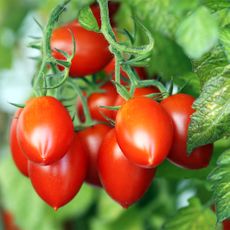 Best Determinate Tomatoes: Compact Varieties With Big Yields For Cooking & Canning
Best Determinate Tomatoes: Compact Varieties With Big Yields For Cooking & CanningDeterminate tomatoes are prized for their compact growth and bountiful harvests. Learn their characteristics and choose the best varieties for your garden.
By Bonnie L. Grant
-
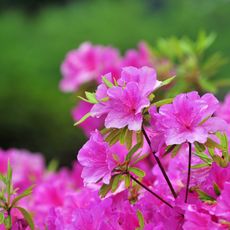 Ideal Azalea Water Requirements – For Lush, Healthy Shrubs That Will Thrive For Years
Ideal Azalea Water Requirements – For Lush, Healthy Shrubs That Will Thrive For YearsWhat are an azalea's water requirements? Learn how to keep these beautiful spring-blooming shrubs happy and healthy in your yard or container garden.
By Amy Grant
-
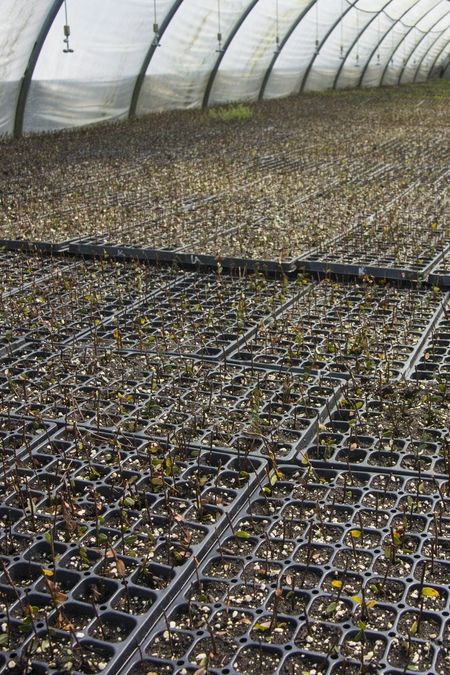 Growing Cranberries From Cuttings: Tips For Rooting Cranberry Cuttings
Growing Cranberries From Cuttings: Tips For Rooting Cranberry CuttingsRooting cranberry cuttings may require some patience, but for the dedicated gardener, that's half the fun. Interested in trying your own cranberry cutting propagation? Find out how to root cranberry cuttings in this article. Click here for more info.
By Amy Grant
-
Preventing Cranberry Diseases: How To Treat A Sick Cranberry Plant
Cranberries are a quintessentially American fruit that not many people even realize they can grow at home. If you?re one of the lucky few who have cranberries in their garden, odds are you?re very protective of them. Learn how to treat a sick cranberry plant in this article.
By Liz Baessler
-
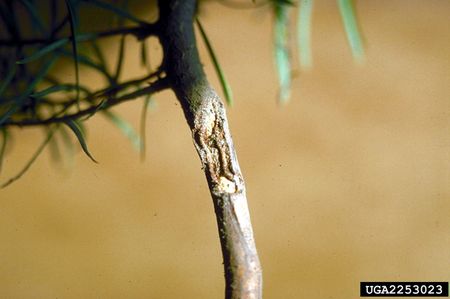 Cranberry Insect Pests: How To Treat Pests On Cranberries
Cranberry Insect Pests: How To Treat Pests On CranberriesCranberries are wonderful fruits that not many people think they can grow at home. If you?re one of the lucky few with your very own cranberry vines, you might be devastated by the sudden invasion of insects. Learn more about cranberry pest management here.
By Liz Baessler
-
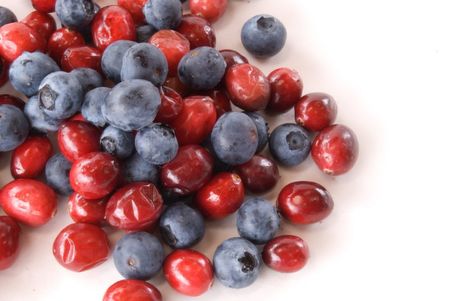 Cranberry Companion Plants: What To Grow Near Cranberries
Cranberry Companion Plants: What To Grow Near CranberriesWhenever you decide to plant anything, you should learn about the plants that are companions to it in order to maximize your plants? performance. This is exactly what I did with my cranberry plants. Click here to learn more about plants that grow well with cranberries.
By Shelley Pierce
-
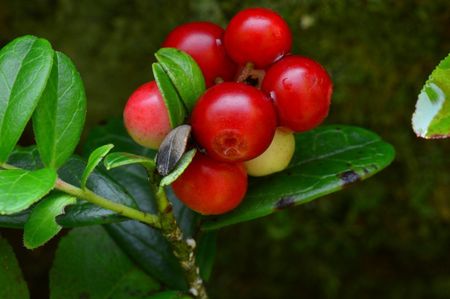 Problems With Cranberries: Common Fixing Cranberry Diseases And Pests
Problems With Cranberries: Common Fixing Cranberry Diseases And PestsIf you?re looking for an unusual addition to your garden this year, cranberries are where it?s at. But before you dive into the bog head first, make sure you read up on some of the most common problems that can affect this sweet tart of a crop. This article will help.
By Kristi Waterworth
-
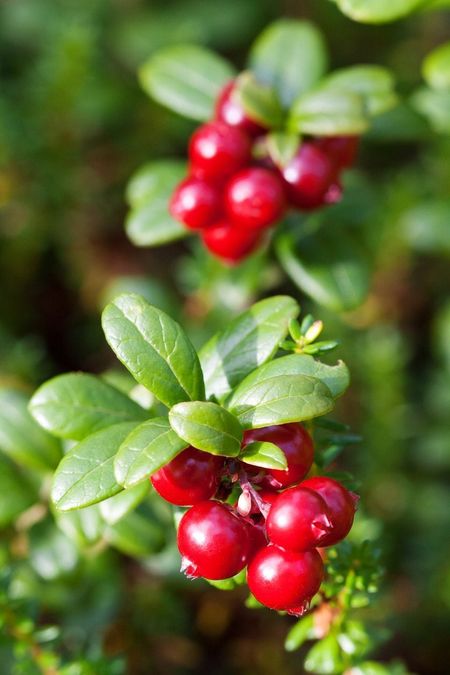 Potted Cranberry Plants – Tips On Growing Cranberries In Containers
Potted Cranberry Plants – Tips On Growing Cranberries In ContainersBerry producing plants like cranberries are now being added to multi-functional container designs. You may be thinking: hold on a minute, potted cranberry plants? Don't cranberries grow in large bogs? In this article, we will discuss growing cranberries in containers.
By Darcy Larum
-
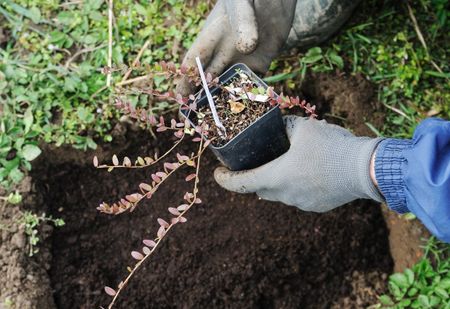 Cranberry Propagation Tips: How To Propagate Cranberries In The Garden
Cranberry Propagation Tips: How To Propagate Cranberries In The GardenHave you ever wondered how to propagate cranberries? If you, too, are interested in cranberry propagation, click on the following article to find out useful information on reproducing cranberries. Learn more here.
By Amy Grant
-
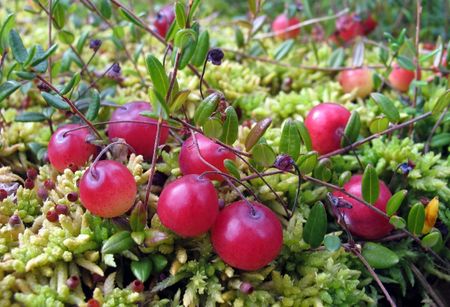 Different Cranberry Varieties: A Guide To Common Types Of Cranberry Plants
Different Cranberry Varieties: A Guide To Common Types Of Cranberry PlantsCranberry season is looked forward to and celebrated from fall into winter. Yet, even cranberry devotees may not know much about this little berry, including different cranberry varieties because, there are several varieties of cranberry. Learn about them here.
By Amy Grant